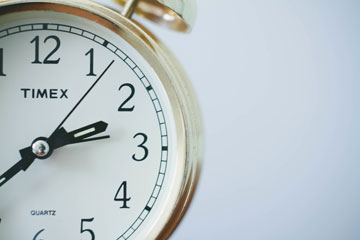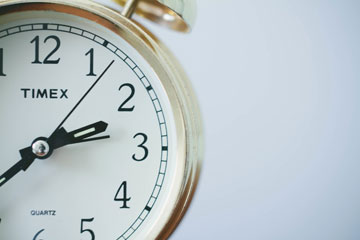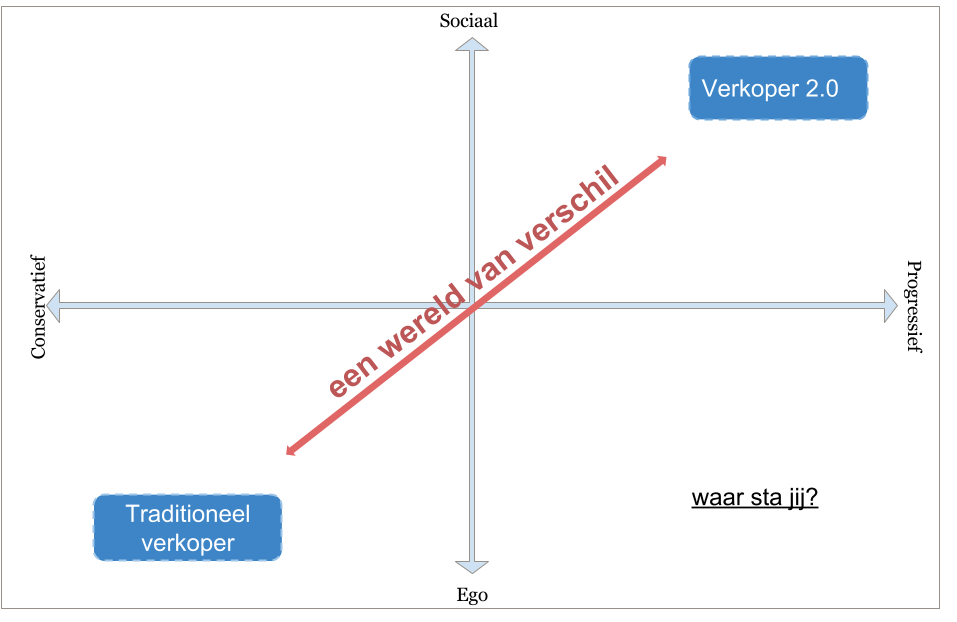*Positioning
These salespeople will be obsolete within 5 years!

Are you also frequently confronted with customers who actually know more about the application of your product in their environment than you do? This is the result of the changing customer journey and the need for a new type of salesperson. In this piece, we discuss why the traditional salesperson will become obsolete within 5 years and how Salesperson 2.0 operates. Do you also believe that the traditional sales profession is nearing its end, or are you stubbornly holding onto old habits?

Before the Industrial Revolution, there were producers, sellers, and consumers as well. In those times, it was common for home weavers to buy raw materials from farmers, weave textiles, and sell them door-to-door in the neighborhood. Each producer was also a seller. During the Industrial Revolution, craftsmanship turned into factory jobs. Farmers supplied directly to factories where weavers worked on steam-powered mechanical looms. As production increased, new markets had to be found. Factories employed people who went “outward” to market their products. The traditional salesperson was born, and their task was to identify as many potential buyers as possible. However, in this era of digitization and transparency, does it still make sense to randomly visit businesses?
The B2B Customer Journey has Drastically Changed
The customer journey in B2B (business-to-business) has undergone significant changes, mainly due to the increased availability of information through the internet and wireless (mobile) connections. Research by organizations like Forbes and McKinsey among B2B companies indicates that the once linear purchase journey looks completely different nowadays. Forbes’ research also suggests that half of all marketing expenditures have little to no influence on purchasing decisions.
Behavior of the Traditional B2B Salesperson
The traditional salesperson is still geared toward this linear journey and behaves more like a spy than an ambassador. You don’t find him; he finds you! The traditional salesperson attempts to infiltrate businesses and discover what they need. He then aims to provide it. Until the first meeting, the customer actually knows very little about him, his expertise, or his specialization. Combine the changing customer journey with the behavior of the traditional salesperson, and what happens?
The salesperson only engages with the customer after he has gathered a lot of information and knowledge, very specific information and knowledge because the salesperson had no prior inquiries. In practice, a salesperson often finds himself facing a customer who probably knows more about the subject than he does!
The traditional salesperson is either too early or too late.
Behavior of the B2B Salesperson 2.0
Individuals who can engage in a warm and personal conversation with the customer to arrive at a concrete solution to a significant challenge will never become obsolete. However, the traditional salesperson will disappear because he simply no longer fits with how customers make their purchasing decisions. It no longer pays off! How can we characterize the behavior of the salesperson 2.0 then?
Instead of being a spy or a door-opener, the salesperson becomes an ambassador. An ambassador of certain knowledge, expertise, technology, or market information that is essential for the customer to make the right decision. This information is openly shared and is therefore accessible to customers facing questions or challenges. The salesperson demonstrates that they have ideas and can provide practical solutions to challenges. The organization’s branding, along with the salesperson’s personal brand, determines whether the customer engages in a conversation with them!
Traditional Salesperson vs. Salesperson 2.0 in the Competition Matrix

As you can see, a world of difference! What does the salesperson 2.0 do differently than the traditional salesperson? Here are the 5 key differences:
1. Sharing, sharing, sharing!
While the traditional salesperson often protects and hoards their knowledge, the salesperson 2.0 shares it freely. They understand that giving comes before taking and that they must first prove themselves as a worthy conversation partner.
2. Making Choices
The traditional salesperson prefers to be knowledgeable in as many areas as possible and often avoids making choices regarding specialization, market, or technology. The salesperson 2.0 knows exactly where they can add value and makes clear choices in that regard.
3. Personal Branding
Salesperson 2.0 understands that their personal brand is essential for demonstrating why they are the suitable conversation partner to discuss challenges. They combine personal style, qualities, and expertise into a coherent ‘brand’ that the customer understands.
4. Choosing/Using Channels
Salesperson 2.0 has chosen to be present on the channels that the customer uses and uses these channels to convey their personal brand and engage in conversations with potential customers.
5. Accessibility
The traditional salesperson is often not very accessible, following the motto “you don’t call me, I call you!” This directly follows our point about channels—salesperson 2.0 is simply always available when it suits the customer, and through the channel the customer prefers. It’s not surprising that this channel is often an online one (email, LinkedIn, Twitter, Facebook, etc.).
Regardless of which market you are active in, the shift to a different customer journey and the need for the salesperson 2.0 is undeniably underway. The only thing keeping the traditional salesperson alive right now is the equally traditional customer, but how long will they survive in turn? Are you still fighting a losing battle, or will you finally make the decision?
What do you think of the salesperson 2.0? What steps have you taken?
Need help or support? Contact us.